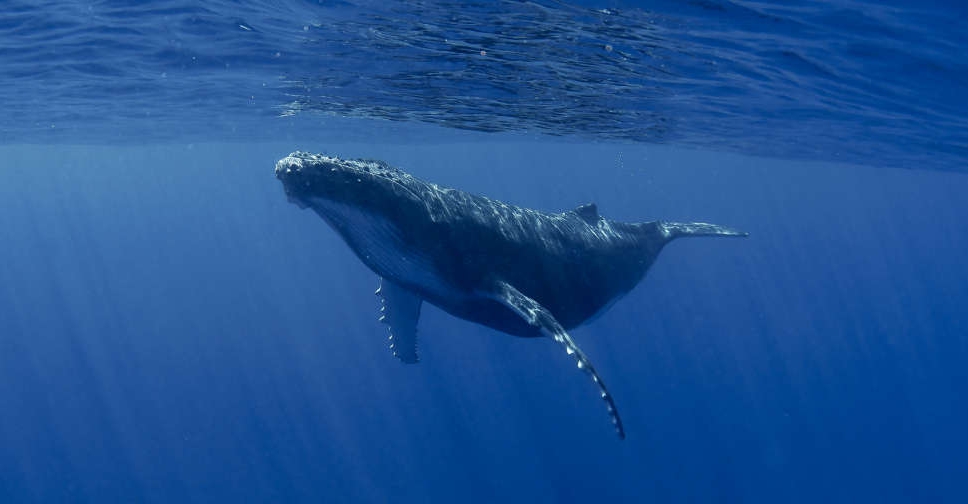
Negotiators from more than 100 countries completed a U.N. treaty to protect the high seas on Saturday, a long-awaited step that environmental groups say will help reverse marine biodiversity losses and ensure sustainable development.
The legally binding pact to conserve and ensure the sustainable use of ocean biodiversity, under discussion for 15 years, was finally agreed after five rounds of protracted U.N.-led negotiations that ended in New York on Saturday, a day after the original deadline.
"The ship has reached the shore," the U.N. conference president, Rena Lee, said after a marathon final day of talks.
The High Seas Treaty is seen as a crucial component in global efforts to bring 30% of the world's land and sea under protection by the end of the decade, a target known as "30 by 30" agreed in Montreal in December.
Economic interests were a major sticking point throughout the latest round of negotiations, which began on February 20, with developing countries calling for a greater share of the spoils from the "blue economy", including the transfer of technology.
An agreement to share the benefits of "marine genetic resources" used in industries like biotechnology also remained an area of contention until the end, dragging out talks.
Greenpeace says 11 million square km (4.2 million square miles) of ocean needs to be put under protection every year until 2030 to meet the target.
Very little of the high seas is subject to any protection, with pollution, acidification and overfishing posing a growing threat.
"Countries must formally adopt the treaty and ratify it as quickly as possible to bring it into force, and then deliver the fully protected ocean sanctuaries our planet needs," said Laura Meller, a Greenpeace oceans campaigner who attended the talks.
"The clock is still ticking to deliver 30 by 30. We have half a decade left, and we can't be complacent.”



 Israeli attacks on Gaza killed 60 people in 24 hours
Israeli attacks on Gaza killed 60 people in 24 hours
 Trump fires National Security Agency director
Trump fires National Security Agency director
 Israel steps up Syria strikes, says Turkey aims for 'protectorate'
Israel steps up Syria strikes, says Turkey aims for 'protectorate'
 US sending Israel 20,000 assault rifles that Biden delayed
US sending Israel 20,000 assault rifles that Biden delayed



